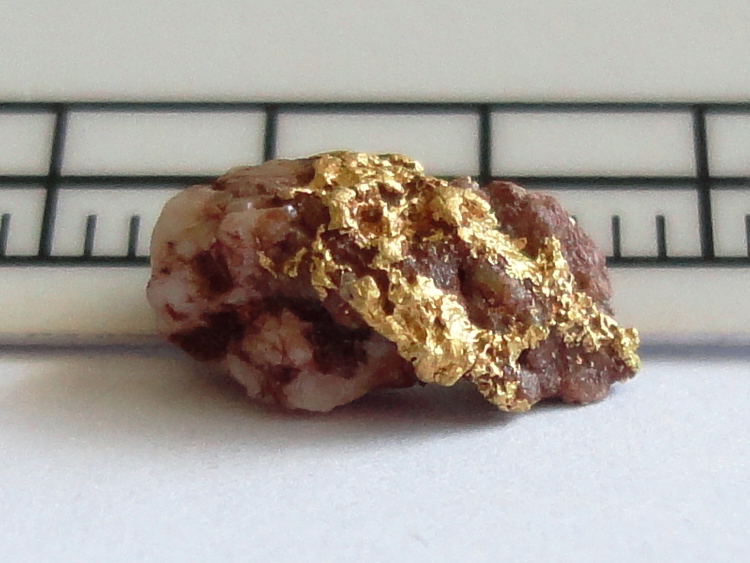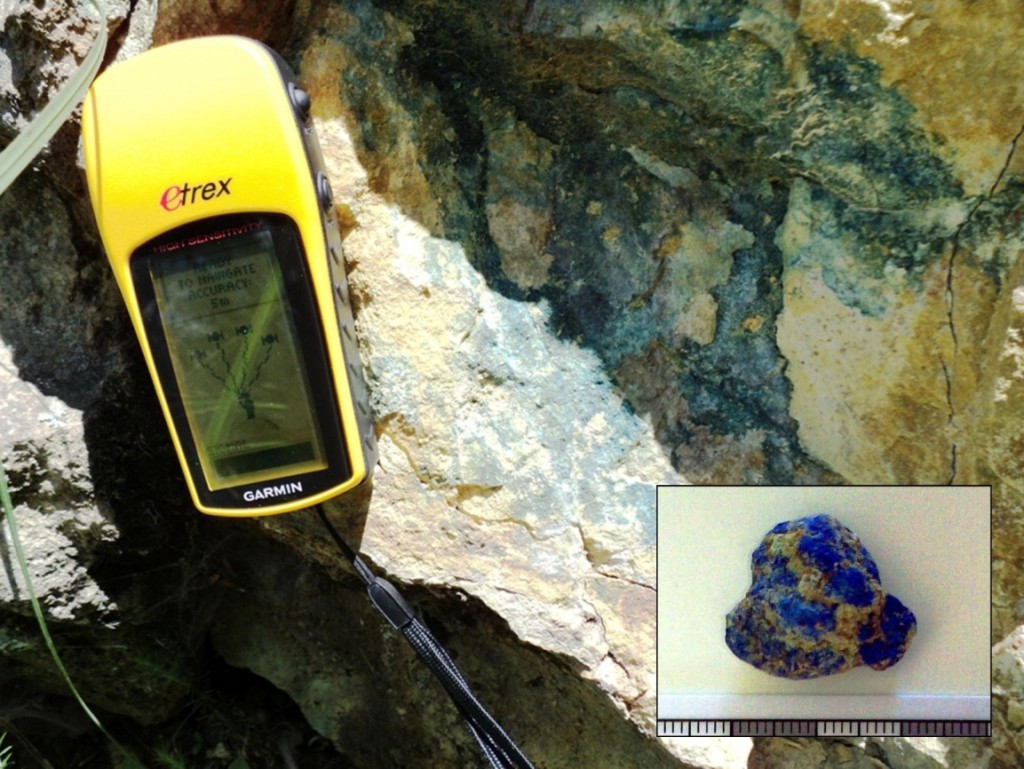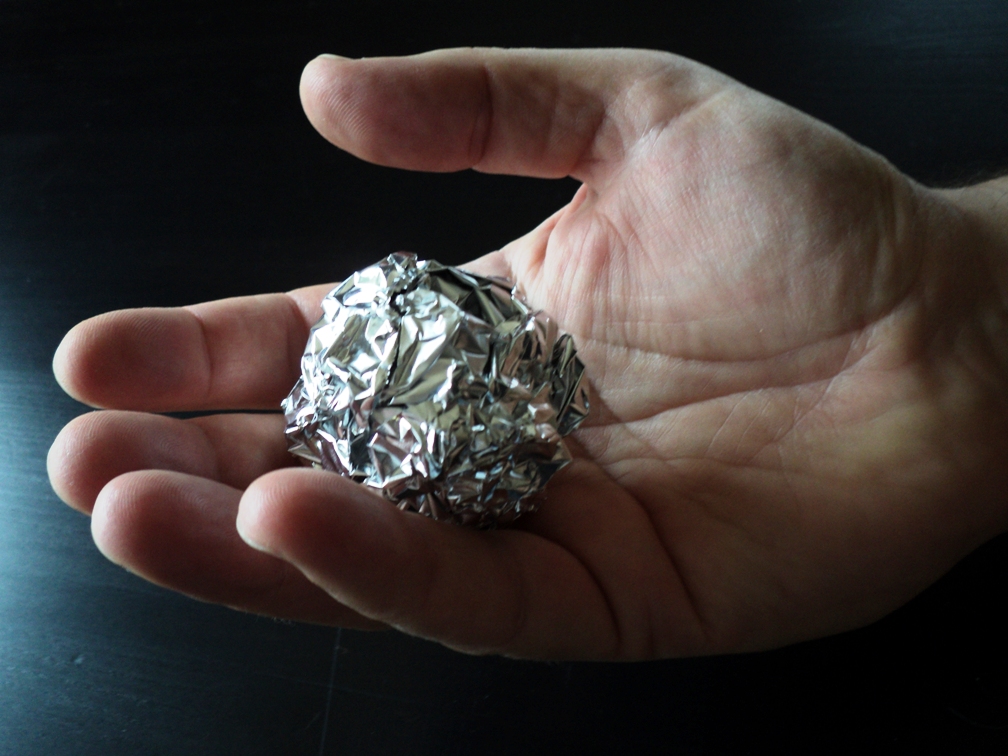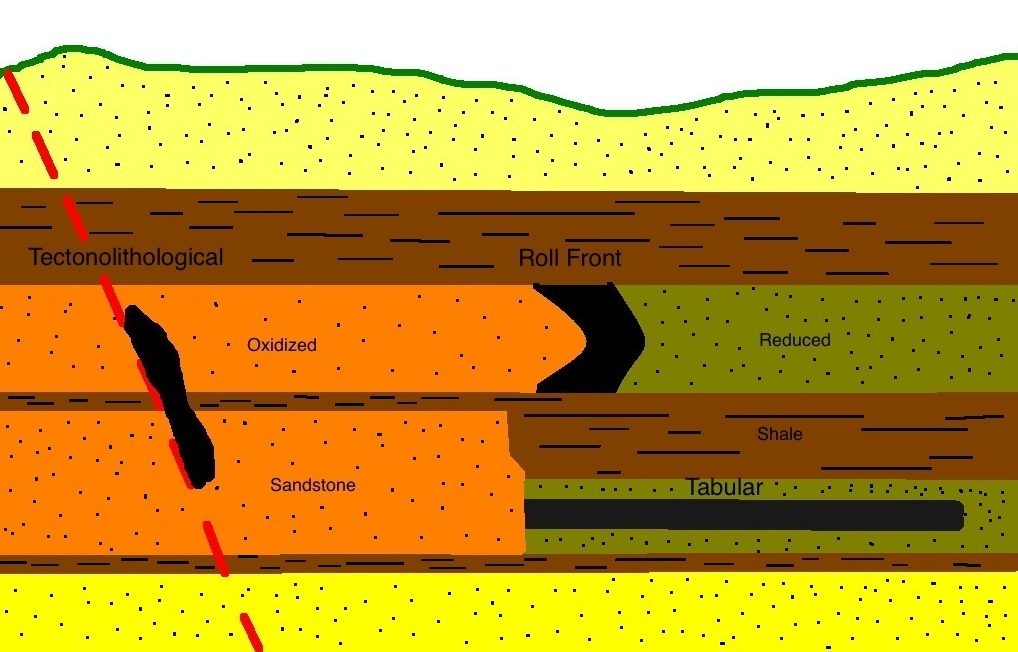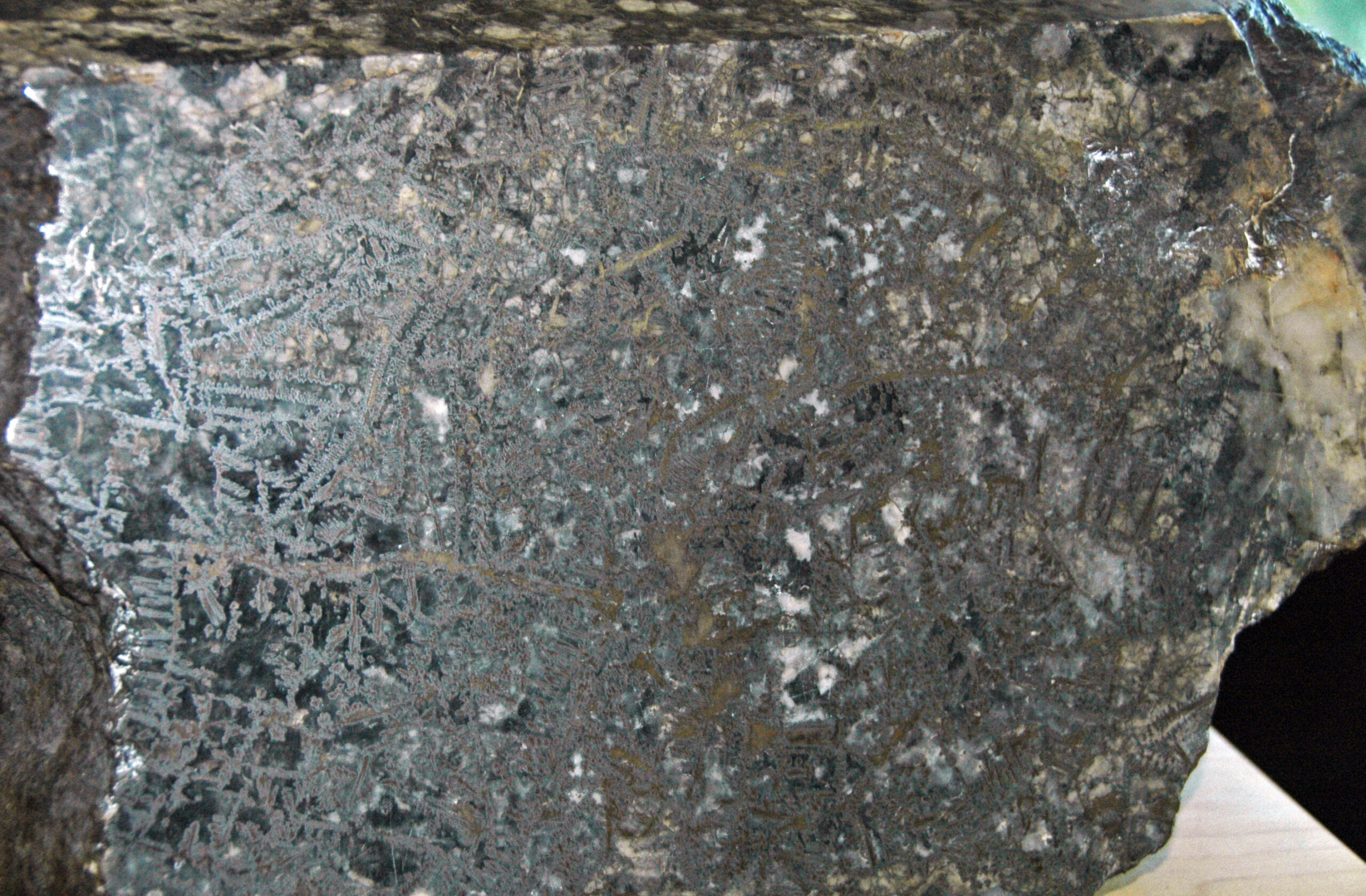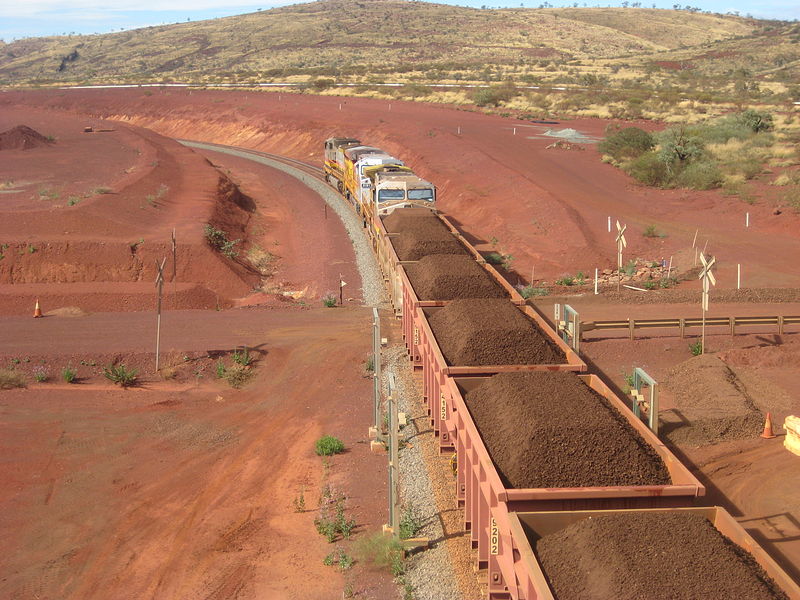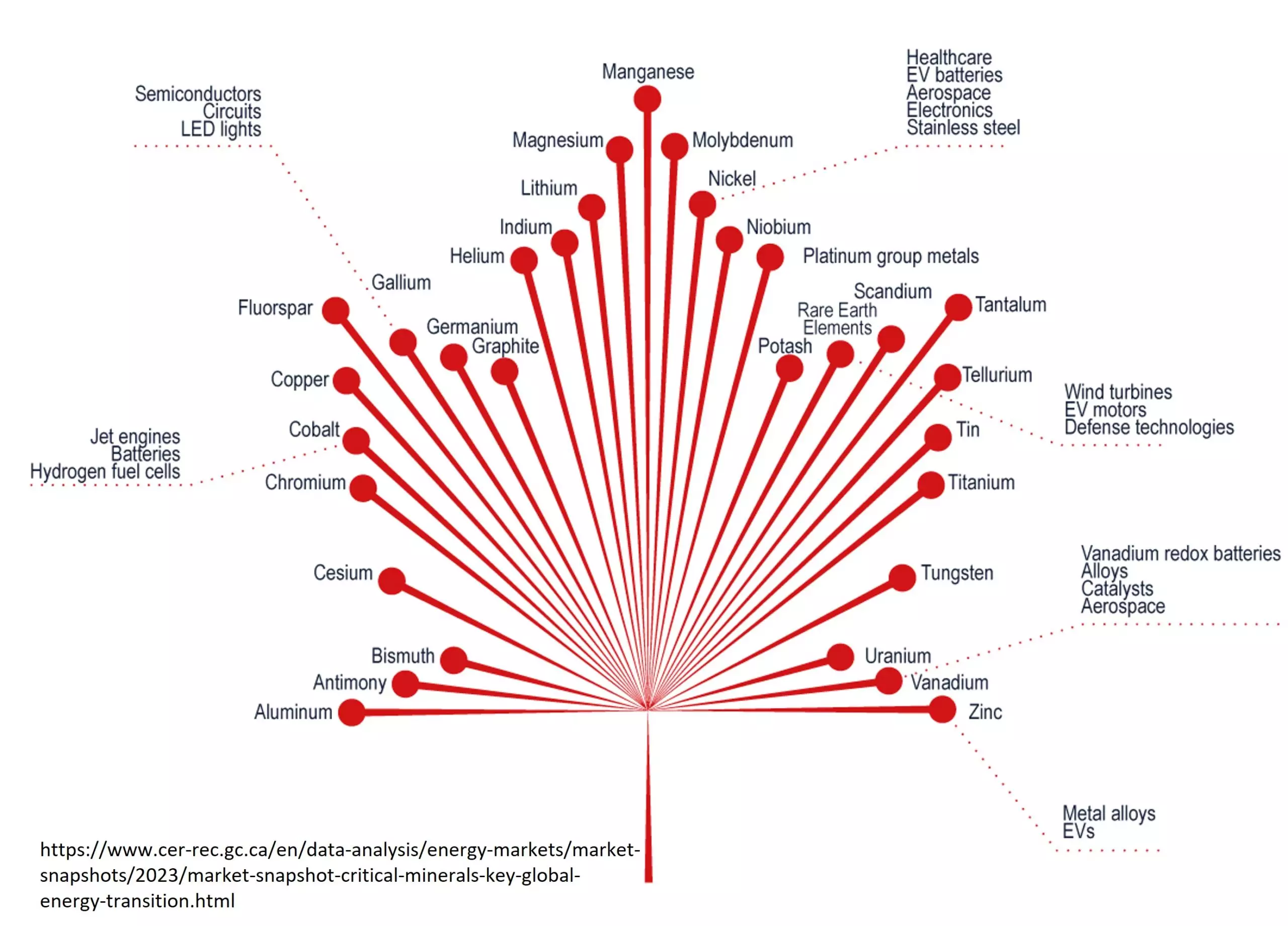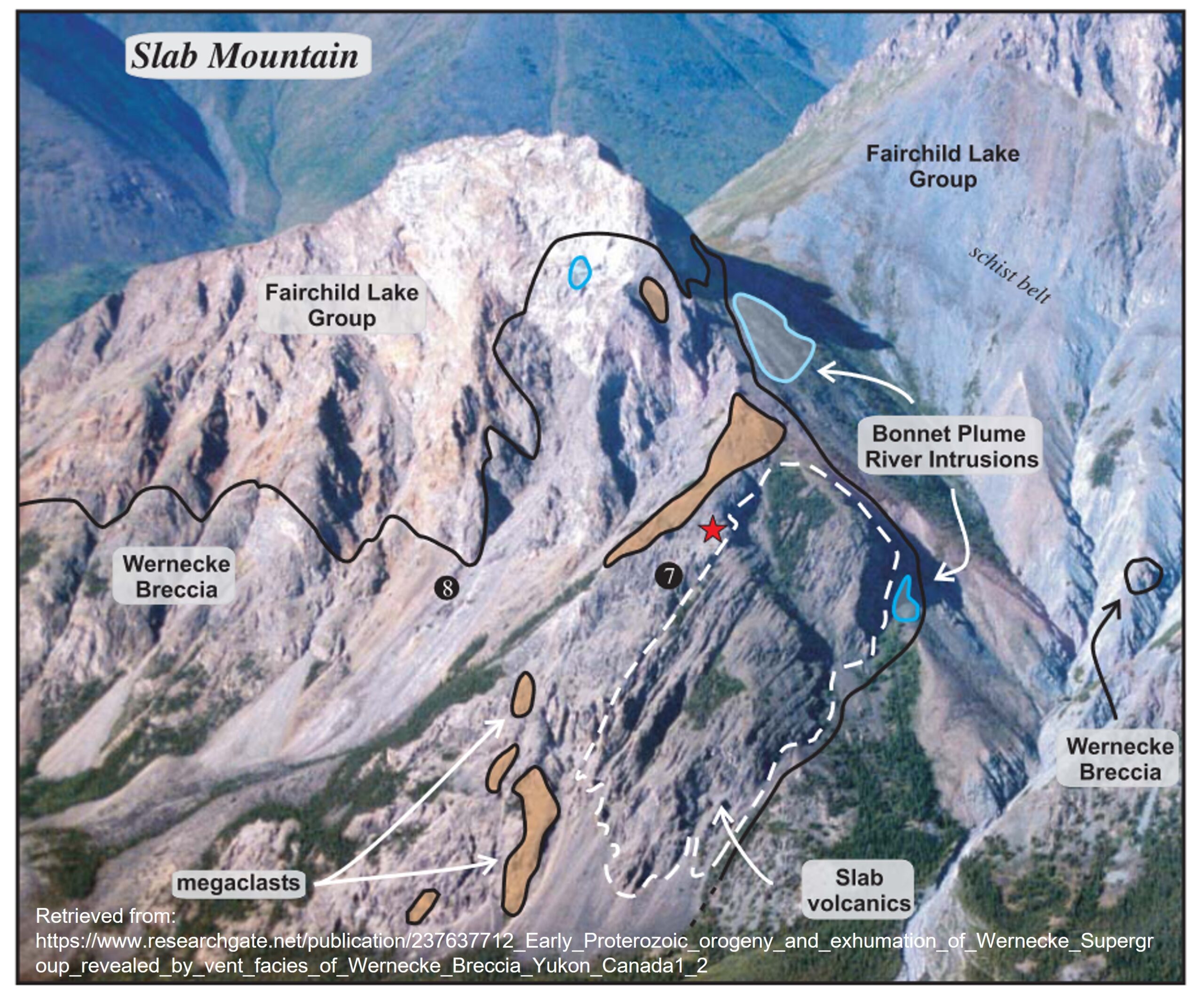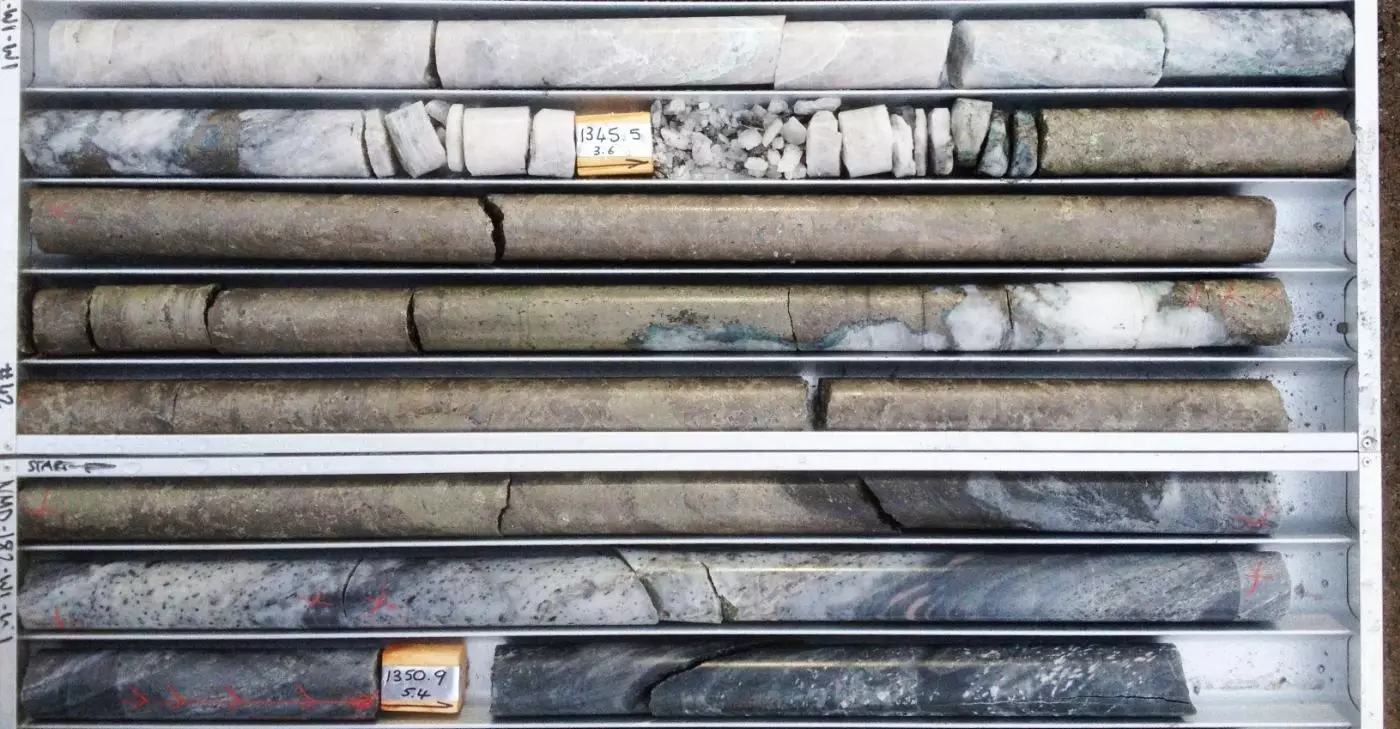Tungsten is the 74th element on the periodic table and is closely related to both chromium and molybdenum. Tungsten has the symbol W, an abbreviation of wolfram, which is of Germanic origin. The name tungsten itself is of Swedish origin and means “heavy stone”.
Tungsten is a valuable metal that is strategically important because of its many industrial and military uses.
Tungsten is a rare element in the earth’s crust with an average abundance of just over one part in every million. It is a very dense metal, with a density similar to gold. Tungsten has the highest melting point of any metal of 3422°C. It is very hard and tough, with a grey metallic lustre similar to steel. Tungsten is also the strongest metal.
What Is Tungsten Used For?
Tungsten is a valuable metal that is strategically important because of its many industrial and military uses. Tungsten is also used in a variety of consumer products ranging from an alloy in high-end automobile engines to components in mobile phones.
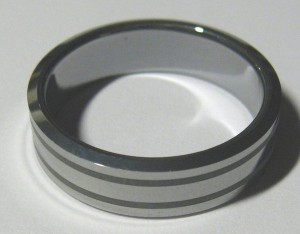
When only small amounts of tungsten are alloyed with steel, the strength of the metal is significantly increased. Generally, about 30% tungsten is added to steel to produce a very hard alloy used in high speed tools including drills and saws. Tungsten is used extensively in drilling equipment for natural gas, petroleum and mineral exploration and production. Pure tungsten metal is used as filaments in electric light bulbs and as the target in X-ray tubes.
Tungsten is critical for many military applications. Tungsten is used in armour-piercing ammunition as well as bullets and rocket engine nozzles. Tungsten is known as a strategic metal which is vital to national security but is also susceptible to supply restrictions. In some parts of the world it is being mined and traded to fund guerilla wars. Like “conflict diamonds”, tungsten is now considered to be a “conflict mineral .
When combined with equal parts of carbon, tungsten carbide is formed. Tungsten carbide powder can be pressed into different shapes and cemented together with other metals. This substance is extremely hard and is used in the cutting tip of tools such as masonry drill bits. Tungsten carbide is only slightly softer than diamond.

Cemented tungsten carbide is becoming increasingly popular in bridal jewellery, e.g. rings and wedding bands. This is due to its high value, stretch and scratch resistance, extreme hardness and its ability to retain an attractive polish.
Where Is Tungsten Found?
The two main economic minerals of tungsten are wolframite, an iron-manganese tungstate and scheelite, a calcium tungstate mineral.
Tungsten mineralisation occurs in:
- skarn deposits associated with metamorphosed limestones along with magnetite and molybdenum; or
- vein deposits associated with granites along with gold and tin mineralisation; or .
- associated with rare earth elements in pegamatites.
Wolframite is a hard, dense, black-coloured mineral. It has a plane of weakness along which it breaks cleanly, known as a cleavage.
Scheelite has a white to pale yellowish-beige colour. It is quite soft and can be scratched easily with a knife blade. Both wolframite and scheelite are very heavy. Scheelite will glow under ultra-violet light, a useful property that is used in exploration for the mineral.
Wolframite is found within quartz veins associated with granite and may also be found scattered very thinly throughout the granite. The tin mineral cassiterite may also be found in association with wolframite. Scheelite can be found in a similar way to wolframite, but may also occur in the contact zone between granite intrusions and limestone. Both scheelite and wolframite because of their high density, may be found in nearby alluvial deposits.
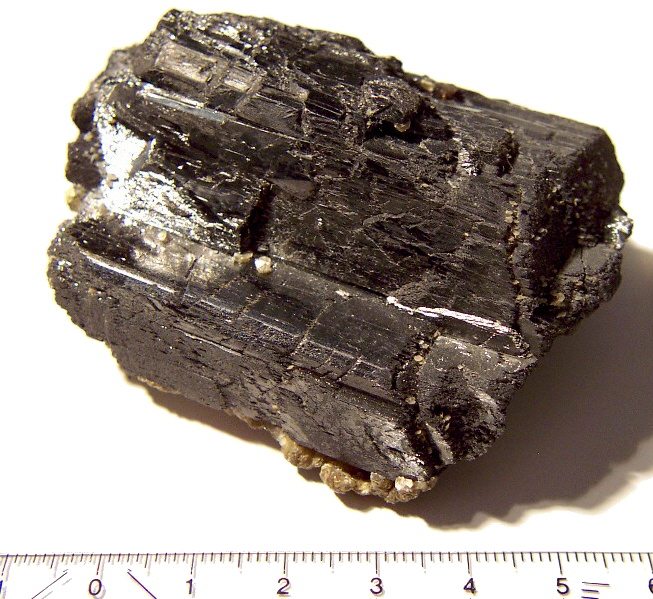
China produces around 85% of the world’s tungsten but tight controls on the sale of the metal outside the country are in place to ensure that local manufacturing companies have enough for their own needs. China currently consumes more than half of all the tungsten it produces.
The Chinese dominance of the market has seen explorers focussing on tungsten as a strategic resource. Ormonde Mining’s Barruecopardo Tungsten Project in Spain is an example of such an approach. The company has described the resource including 27.4 million tonnes of 0.26% tungsten trioxide that would be extracted from an open pit. The mine was previously worked until 1980’s but the on-going demand and high prices for the metal has made the mine economic to re-visit and re-assess.
Manufacturers in countries outside of China constantly worry about possible supply shortages that could push the price of tungsten skyward. While the global demand for tungsten continues, prices appear to be remaining relatively high despite recent falls in other commodity metal prices.
Companies Mentioned
Subscribe for Email Updates

